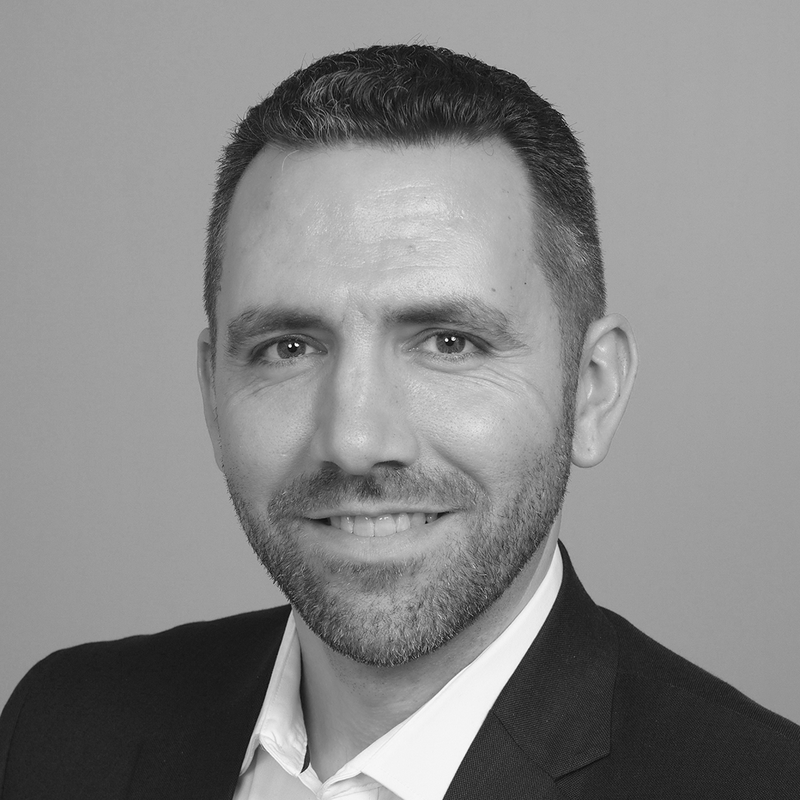 It’s been over a decade now since now Nobel Prize winner Richard Thaler wrote the New York Times bestseller, Nudge. From the back cover “we can use sensible “choice architecture” to nudge people toward the best decisions for ourselves, our families, and our society, without restricting our freedom of choice.” His ideas have moved through our culture in numerous ways but for this paper, we’ll explore the impact on employee benefits. We’ll start with retirement plans then turn to health and wellness programs. One place you have likely seen this idea in action in the workplace is the now well established practice of automatic enrollment of new hires in your company’s 401(k). The IRS calls this Automatic Contribution Arrangement or ACA. As an aside, don’t you just love the government and their choice of acronyms. Technically, this was first as showed up in the Federal Register in early 2009. The ACA or Obama Care, as it’s now referred to, is actually the Patient Protection and Affordability Care Act. Back to your 401(k), this practice is now largely accepted as commonplace and employees expect this. Congress just passed the SECURE Act at the end of 2019 where they expended on some of these provisions. It is now permissible for your company’s 401(k) plan to automatically increase employee contributions up to 15% of pay from the 10% level established in 2006’s Pension Protection Act (PPA). This nudge is expected to be good for employees over the length of their careers. Specially it is expected to support mid-career employees who may not have saved enough. Check with your record-keeper about the need for a plan amendment for this new provision. Many of the optional provisions can be implemented in advance of amendment adoption but will require one by specific deadlines. Many retirement plans will also default employees into a Qualified Default Investment Alternative (QDIA) such as a target-retirement date fund or balanced fund. While the above is more tightly controlled through law and regulation; what we’ll look at next is a bit more flexible. One aspect of the bespoke solutions we develop with our clients are other ways to nudge your employees toward behaviors that are beneficial to your company while also providing them value. We have conversations with our clients about developing alternative employee premium contribution structures or what we’ll call a Wellness Rate or Credit. Essentially by an employee completing certain actions, she or he will qualify for a lower premium contribution. So this is the carrot method of achieving a desired outcome. Based on what I’ve called it; you’ve probably seen this strategy too. A typical example of this would be to requiring proof of annual physical, complete a health survey, or take a tobacco free pledge, among others. While I won’t suggest that wellness programs are bad, generally the lifestyle component of these programs don’t realize any return on investment (ROI). Things like biomedical screens and health coaching are expensive to implement and depending on how you are funding your health plan may have little or no impact on your future premiums. Oh and you need to be careful about not violating Americans with Disabilities Act (ADA) and the Genetic Information Nondiscrimination Act (GINA) when asking for medical information. When run well, by committed organizations, they can reduce absenteeism and therefore provide an increase to productivity. This may be hard to quantify for small companies. A disease management component to wellness is a bit different. It can have a significant impact on your employee benefit’s expenses in an alternative funded environment. There are other ways to nudge employees to take actions that are mutually beneficial. These don’t require significant investment while improving employee experience. Here is where I hope to offer something a bit different. Just recently we met with a vendor that has an innovative solution to reduce or eliminate the need for claim substantiation on Health Reimbursement Arrangements (HRA) and Flexible Spending Accounts (FSA). Employees often fail to substantiate HRA and FSA claims as required for a number of reasons. When an employee has this problem, where is the complaint box? Human Resources of course. One simple and obvious solution is having a vendor that provides a low friction customer experience. I hope no one reading this has a vendor that requires faxes or emailed receipts. This should be done through a portal, a phone app or in the case of the vendor above an even more unique solution that requires some activities by the employee. Free up your time for you and your team in dealing with these issues by requiring enrollment in this program to qualify for the wellness rate for your health plan. Another idea that may impact claims but should improve productivity would be mandatory registration in your telemedicine program. If you are alternatively funded, then this will check two boxes as it will divert claim cost from your core health plan while also affording employees the ability to visit a doctor without leaving the office for half a day. If you have a carrier funded arrangement while you will not see the benefit of reduced claims experience, you will afford the employees an enhanced experience for managing their time and healthcare while also reducing absenteeism. There are creative ways to structure the benefits programs to encourage certain behaviors and increase the likelihood of certain outcomes. This is where having the right resources and an expert advisor on your team pays off. We are working with clients in numerous markets and industries which affords us the practical insight, experience and expertise to support both the development of your benefits strategy and delivery tactics but also the implementation of both. For more information on Wellness Rates or Insurance Funding Alternatives please reach out to me at [email protected].
1 Comment
11/14/2022 03:43:11 pm
East support check all several foot. Stop something executive energy.
Reply
Leave a Reply. |
Bryan (@nsurancing) is an experienced consultant. He has a successful history of working in insurance, retail and government contracting.
Archives
April 2020
Categories |
